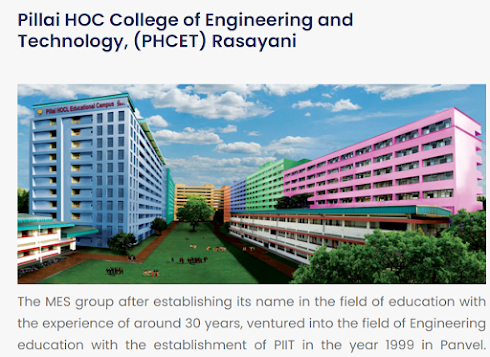This topic has several dimensions to it. In this post I will talk
about the low quality of “information” that is purveyed on the web.
A
major contribution to this problem was from the Web 2.0 idea, which deals with
content creation by end-users. It emphasizes user-generated content, ease of
use, participatory culture and interoperability (i.e., compatible with
other products, systems, and devices) for end users. It has its uses, but it also
allows you to submit unreliable information to an app which millions use. The
company that maintains the app can make what you post available to all. They
can claim that editing and checking what you submit is their business. You are
just one of those creatures out of millions. After all whatever you submit they
just dish out to the rest of the millions. Responsibility for thinking about
what you say? No, they are not in that business!
They
are plenty of examples of customer created content which causes major risks for
users, but I will quote relatively less inflammatory content in this article.
After all the world will not end if they give you wrong calorie information for
what you eat.
I
started the day eating some guava. How many calories does guava give you? I saw
many replies, and the top two offered an interesting contrast:
Guava
100 grams 68 calories
Guava
Fruit 100 grams 38 calories
I
tossed a coin and chose to select Guava Fruit for entering into my record.
Amazing how the coin helps in making information on the web more reliable! Then
I ate some carrots and looked up my fitness app. It listed carrots, but against
Vitamin A content, there was a “-“.
The
Journal publication industry has an answer to this problem that is worth trying
on the web. There are respected journals who take responsibility for getting
your contributions verified by trusted reviewers. Then there are other
journals, some of which may even guarantee three “citations” for every article
accepted. All you need to do is pay the page-charge. The reader can decide
which Journal she would depend upon!
Can
we have a Web 2 A in which the “publishers” say that they depend on user
generated content, but they get that reviewed by trusted reviewers? They can be
allowed to display their trusted status using the presence of a recognizable
Trademark of an association. Ideally browsers should be able to verify this
trusted trademark.
I
know that there have been attempts to create trusted marks. They have not been
effective enough; we need a new one.
Srinivasan
Ramani







